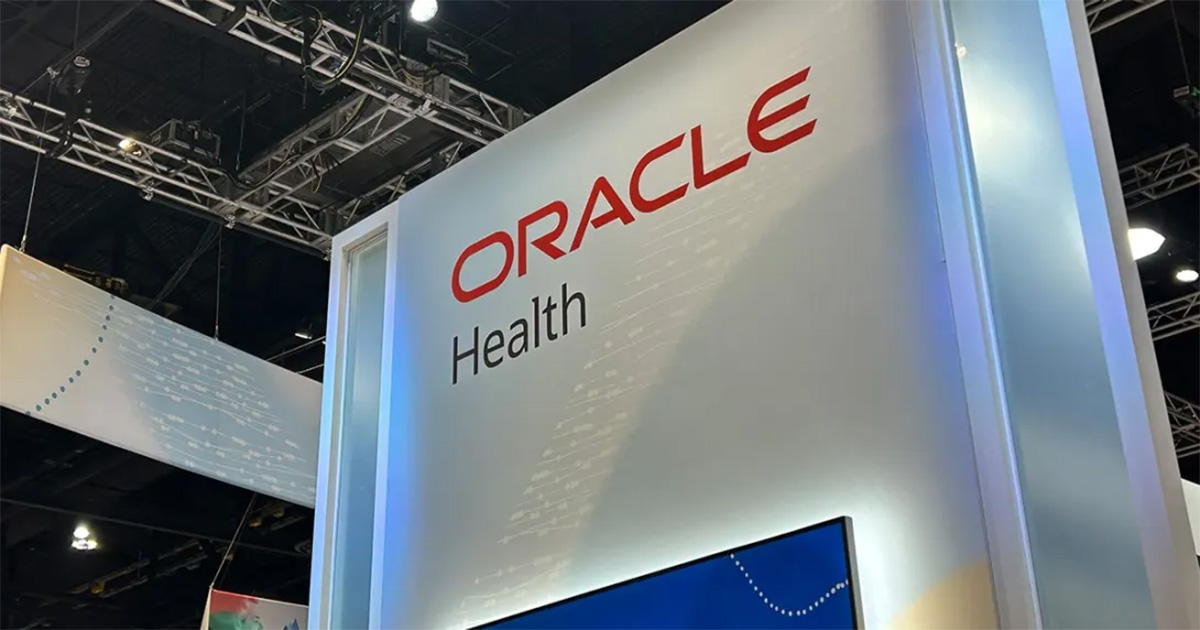New applications emerge to help tease out patterns
At first glance, one might think the workforce management market in healthcare is old hat. Everyone has the technology, right? No one uses Excel documents to figure out who should be working where and when, right?
Well, yes and no.
The market for one component of workforce management technology – time and attendance – is pretty much saturated, with 95 percent of hospitals across the country using an automated system, according to Brian Graves, global practice leader for healthcare at Chelmsford, Mass.-based Kronos, which has been in the workforce productivity business for more than 30 years. The company is a player in vertical markets such as finance, retail, government and manufacturing, as well as healthcare. Among its healthcare clients are Banner Health, Catholic Health East, Cleveland Clinic, Intermountain Health, Mayo Clinic and Trinity Health. There are some competitors in this market, says Graves. They are often the larger ERP companies – McKesson and API, for example, or the niche companies that offer one component of workforce management automation.
As he’s watched the healthcare sector, Graves has noticed that managers and executives are eager to drill down – to get to the analytics aspects of workforce management technology. That’s where a big piece of the efficiencies and cost savings are.
Sonya Carroll, director of nursing administration at Henry Mayo Newhall Memorial Hospital in Valencia, Calif., says automating scheduling (with Kronos) has made all the difference in efficiencies and has saved the hospital thousands of dollars in costs simply by getting the level of staffing right.
“We were able to pull in people’s actual rate of pay,” says Carroll. “In our fiscal year 2010, we spent more than $1 million for sitters.” Sitters are nurses’ aides who attend to patients post-surgery, or patients who are heavily medicated, making sure there are no falls; it’s a service that was not planned for. “This year we have now placed sitters into our budget, so that we have it planned for that amount of money.”
Also, today every sitter order is carefully evaluated, Carroll says, because often they are not needed. She says the hospital saved thousands of dollars more by keeping a closer look on the need for emergency nurses, and keeping that staffing level just so.
Healthcare reform and the push to prove outcomes are resulting in a greater demand for managing staff ever more strategically – to make sure the right staff is at the right place at the right time. The right staff member means someone with the right skills, but it also means someone who will not cost the hospital overtime.
Vi Shaffer, research vice president and analyst at Gartner, says the nurse and staff scheduling applications developed by niche players, as well as Kronos and McKesson and API, represent and “emerging area” – similar other growing fields such as sensor applications.
“Applications like scheduling, meshed with acuity systems, expose a visibility to what’s going on with your workforce in a timely way that you didn’t have before,” she says. “The best uses of the classic applications, and the emerging ones, are really when you have managers who are encouraged and oriented toward looking at the big picture and seeing patterns, and seeing things that need to change beyond just making sure we have the right staff with the right skills at the right time, and we try to minimize our use of agency nurses and overtime.”
The trend in human capital management overall is “robust curiosity,” says Shaffer.
“It’s terribly important in healthcare because, of course, it’s a very labor-intensive industry,” she adds. “We’re a specialized, labor-intensive industry, where we can’t create new labor supply in very short timeframes.”


